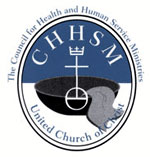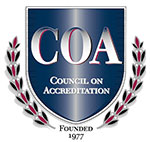PROGRAMS
GET INVOLVED
SUPPORT OUR MISSION
Person-Centered Language: It is important to see every person as an individual. Try using "person with a disability," putting the person before the disability. This can help combat harmful stereotypes that may arise.
Definition: According to the U.S. Department of Education, a person with a disability (1) has a physical or mental impairment that substantially limits one or more major life activities of that person; (2) has a record of such an impairment; or (3) is regarded as having such an impairment. "Americans with disabilities are a group of approximately 40.7 million people that today lead independent, self-affirming lives and who define themselves according to their personhood—their ideas, beliefs, hopes and dreams—above and beyond their disability. Since the mid 1900s, people with disabilities have pushed for the recognition of disability as an aspect of identity that influences the experiences of an individual, not as the sole-defining feature of a person"
(https://www.adl.org/resources/backgrounders/brief-history-disability-rights-movement)
Heroic and Inspirational: Seeing a person with a disability as heroic and inspirational communicates low expectations and reduces the wholeness of the individual to merely an object of inspiration for the non-disabled. Stella Young, an Australian disability activist discusses the harms of inspirational objectification of persons with disabilities. Examples include, "you are so brave" and "the only disability in life is a bad attitude." Advocates encourage us to frame it more as being fully capable with appropriate adaptation and modifications, to value genuine achievement by individuals with a disability, and always assume competence


